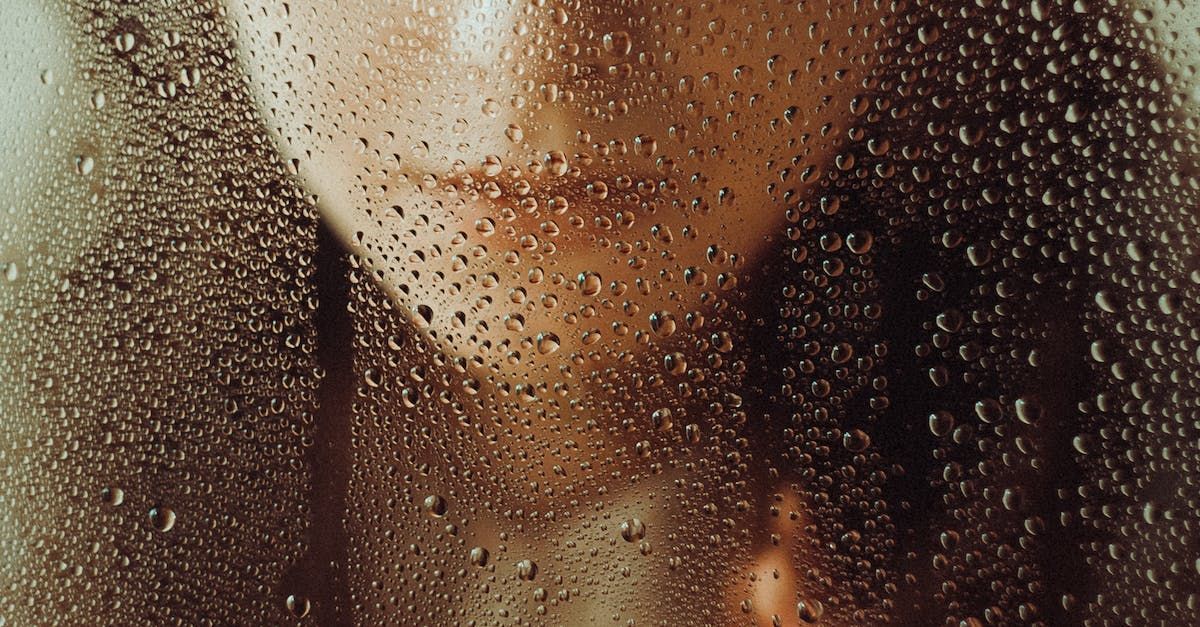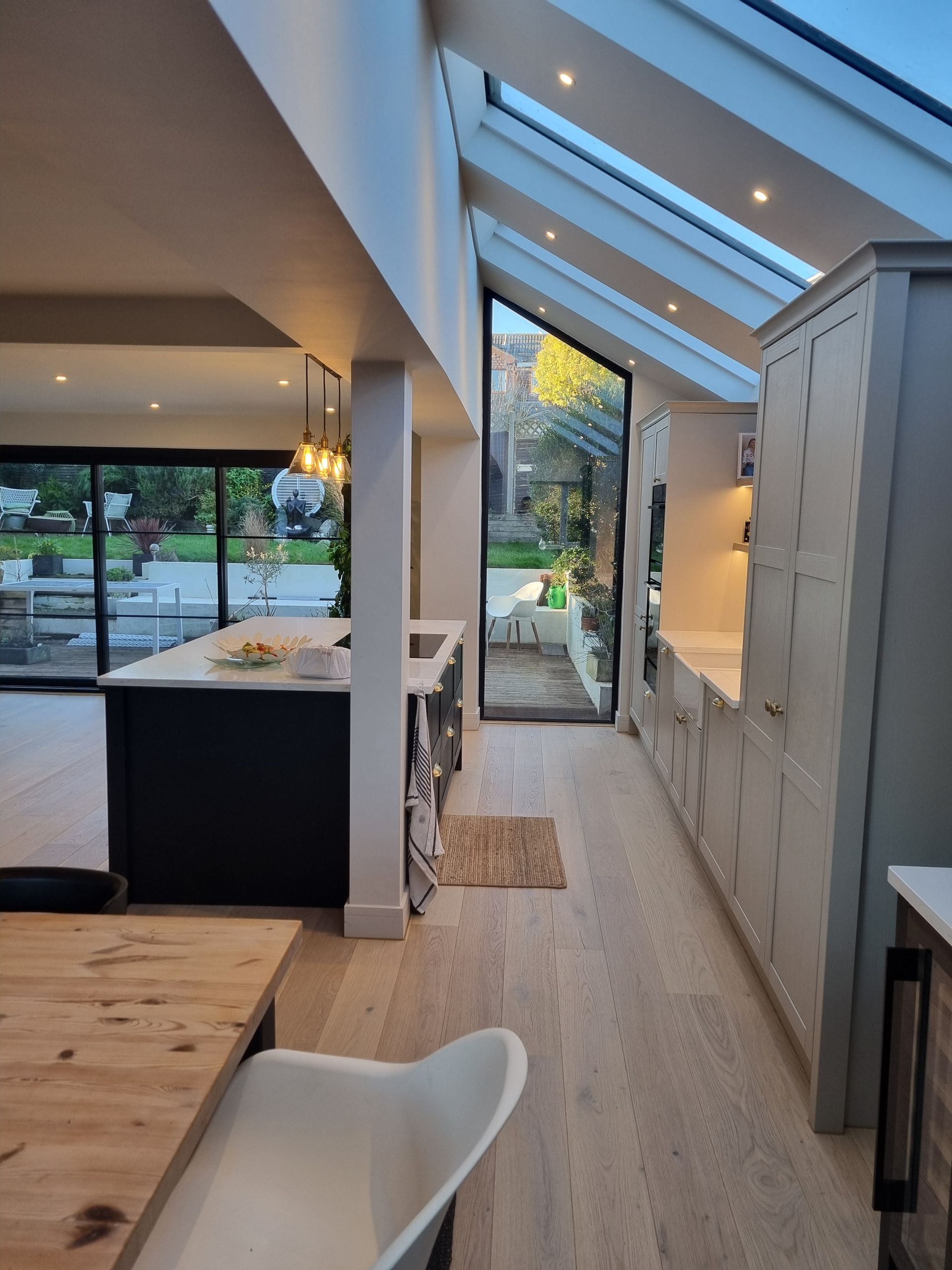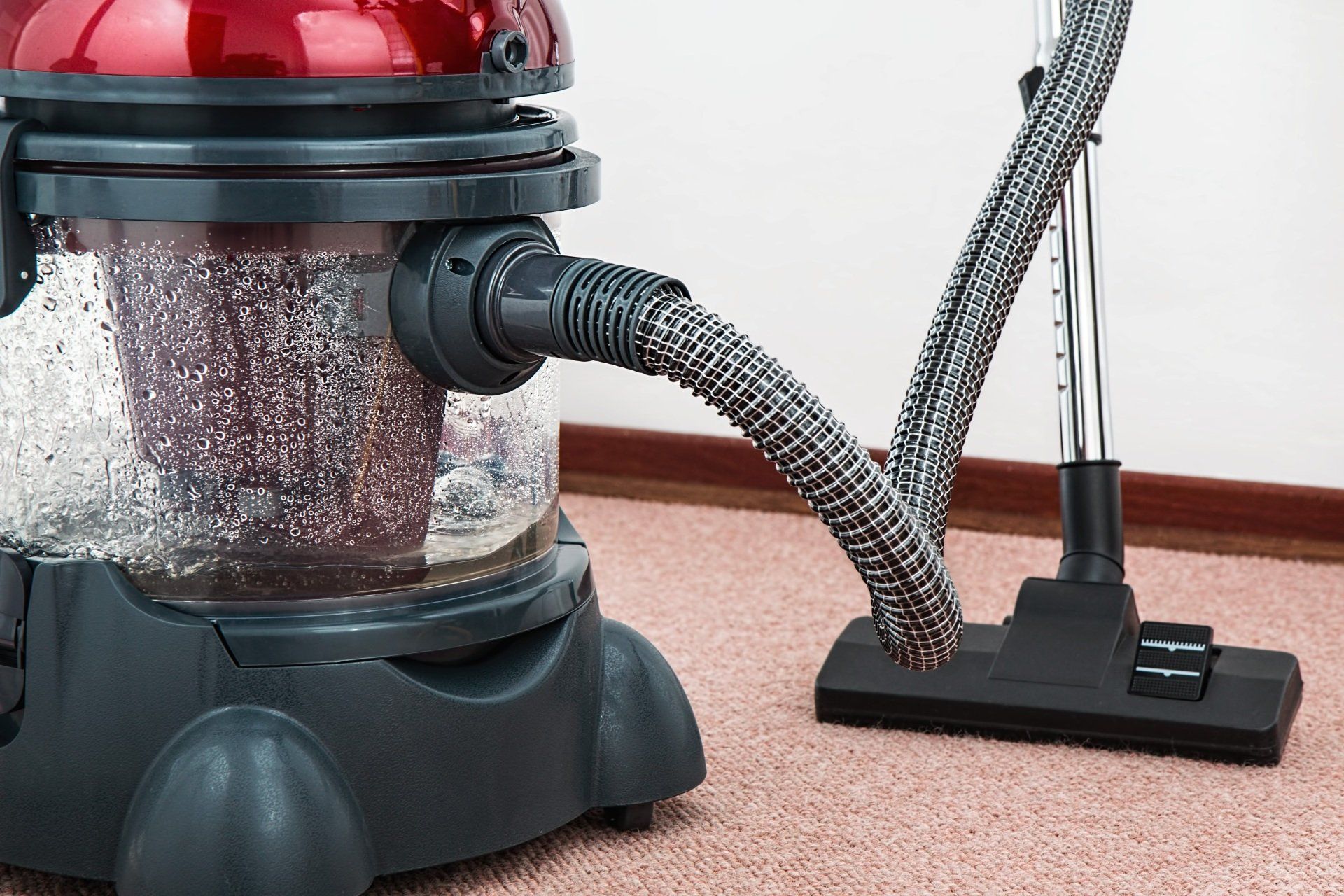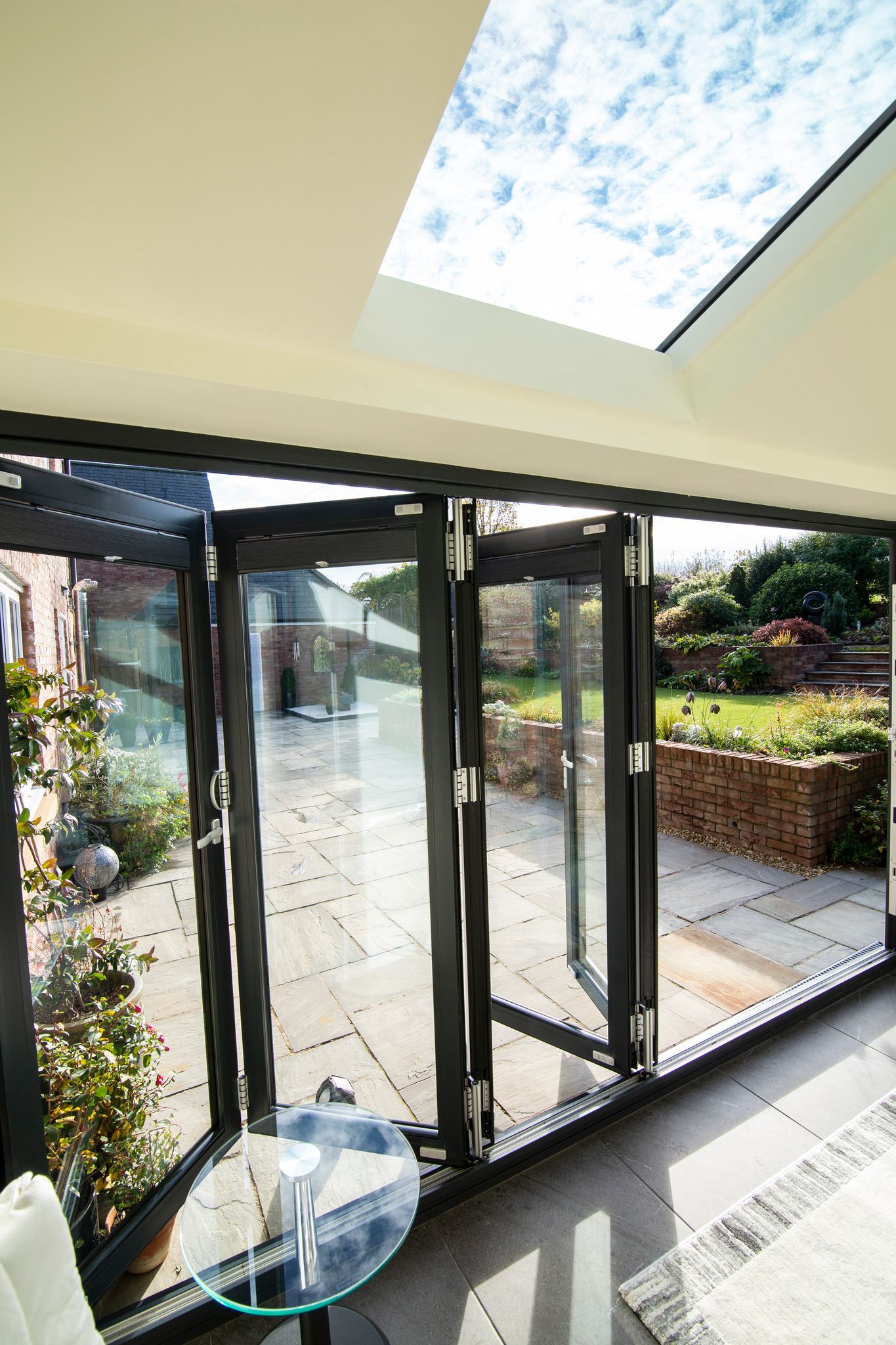Battling condensation and mould
Condensation and mould are common problems that many homeowners face, especially in areas with high humidity or poor ventilation. Not only can they cause damage to your property, but they can also have adverse effects on your health. In this blog, we will explore the causes of condensation and mould, and provide you with practical tips to reduce and remove them, creating a healthier and more comfortable living environment.
- Understanding Condensation:
Condensation occurs when warm, moist air comes into contact with a cold surface, causing the moisture to turn into water droplets. Common areas where condensation occurs include windows, walls, and ceilings. It is important to address condensation promptly, as it can lead to mould growth and damage to your home.
- Identifying Mould: Mould is a type of fungus that thrives in damp and humid conditions. It often appears as black or green patches on walls, ceilings, or other surfaces. Besides being unsightly, mould can cause respiratory issues and allergies. It is crucial to tackle mould growth as soon as it is detected to prevent further spread and potential health risks.
- Tips to Reduce Condensation:
- Improve ventilation: Ensure proper airflow by opening windows, using extractor fans, and keeping air vents clear. This helps to remove excess moisture from the air.
- Use dehumidifiers: Consider using dehumidifiers in areas prone to high humidity, such as bathrooms and kitchens. They help to extract moisture from the air, reducing condensation.
- Insulate your home: Proper insulation helps to maintain a consistent temperature, reducing the likelihood of cold surfaces where condensation can occur. Insulate walls, roofs, and windows to prevent heat loss.
- Tips to Remove Mould:
- Wear protective gear: Before tackling mould, wear gloves, goggles, and a mask to protect yourself from spores and potential allergens.
- Clean with mould-killing products: Use a mixture of bleach and water, or a commercial mould-killing product, to clean affected areas. Scrub gently and ensure proper ventilation during the cleaning process. Always read and adhere to the manufacturers instructions.
- Dry affected areas: After cleaning, thoroughly dry the area to prevent further mould growth. Use fans or dehumidifiers to speed up the drying process.
- Address underlying issues: Identify and address the root cause of mould growth, such as leaks or poor ventilation. Fixing these issues will help prevent future mould problems.
- Preventive Measures:
- Monitor humidity levels: Use a hygrometer to monitor humidity levels in your home. Aim for a humidity level between 30% and 50% to discourage mould growth.
- Proper ventilation: Ensure good airflow throughout your home by opening windows, using extractor fans, and keeping air vents clear.
- Wipe down surfaces: Regularly wipe down surfaces prone to condensation, such as windowsills and bathroom tiles, to remove excess moisture.
- Dry clothes outdoors: Avoid drying clothes indoors, as it increases humidity levels. Instead, dry them outside or in a well-ventilated area.
Conclusion:
Condensation and mould can be persistent problems, but with the right knowledge and proactive measures, you can reduce and remove them from your home. By addressing condensation promptly, improving ventilation, and taking preventive measures, you can create a healthier and mould-free living environment. Remember, if you are dealing with extensive mould growth or underlying structural issues, it is advisable to seek professional assistance to ensure a thorough and effective solution.




